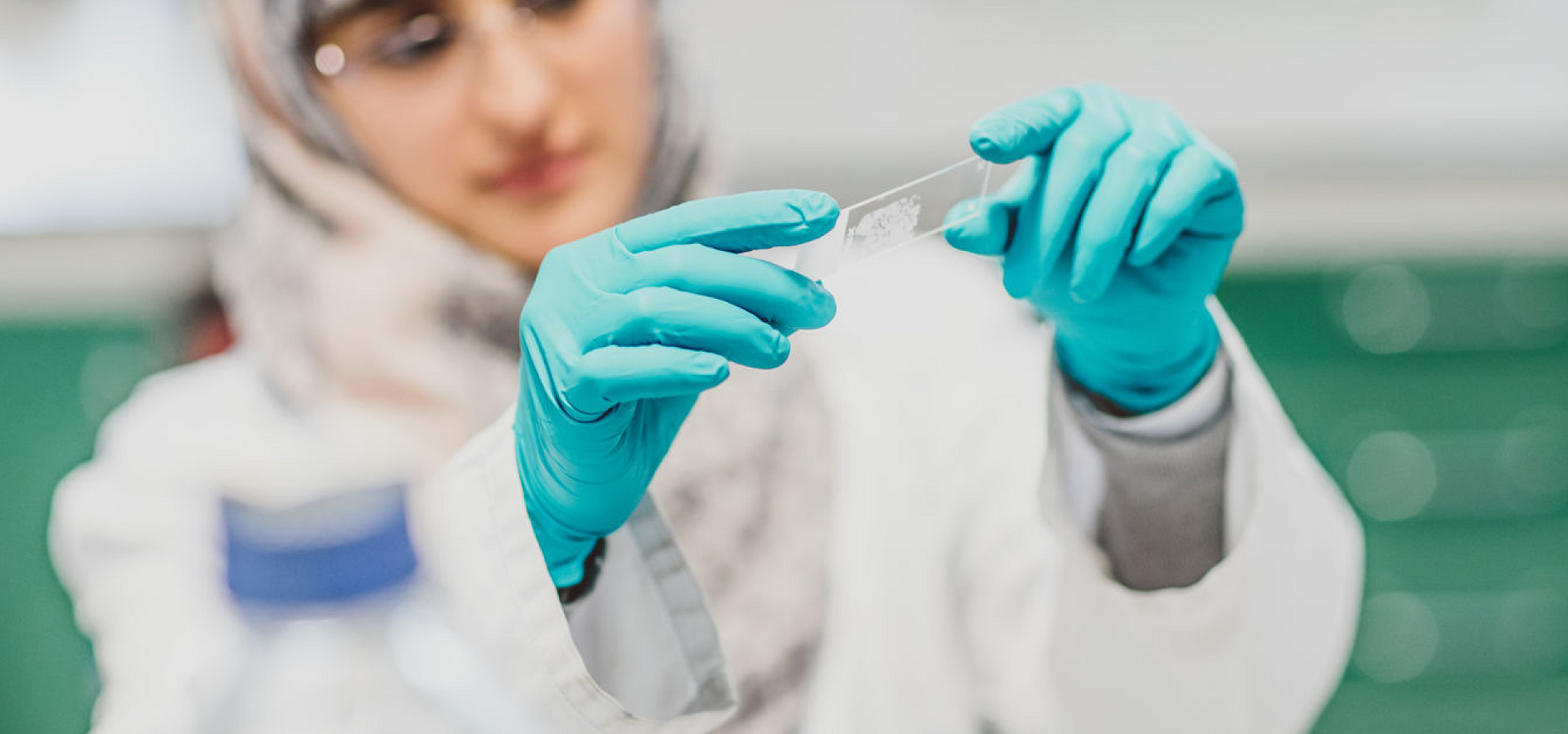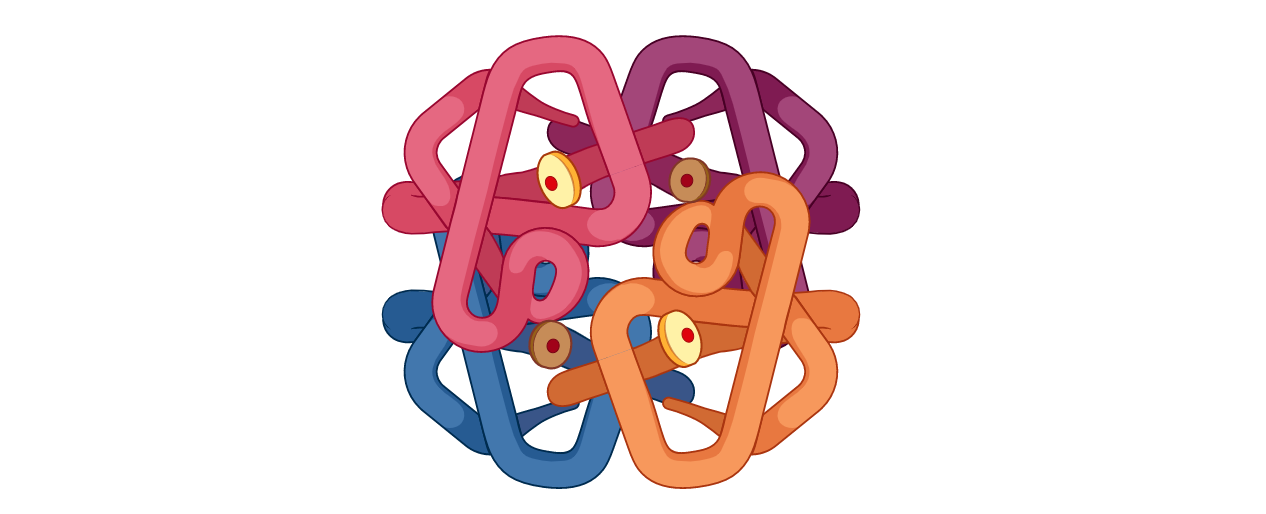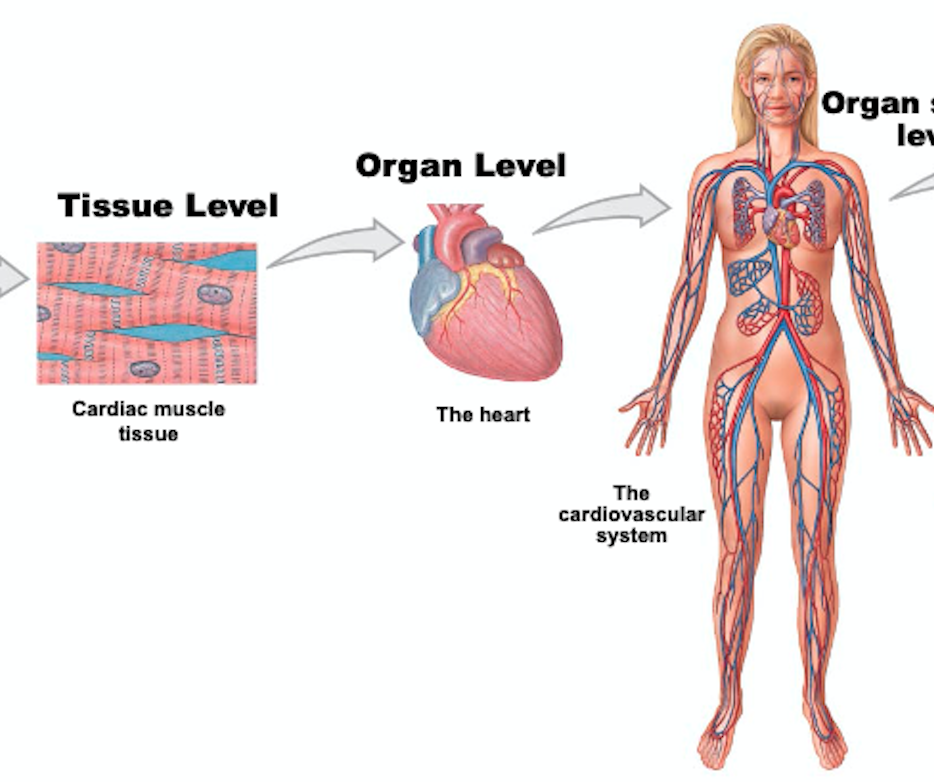- Module Supervisor: Philippe Laissue
- Module Supervisor: Benjamin Skinner

- Module Supervisor: Aurelie Villedieu

- Module Supervisor: Tracy Lawson
The marine realm covers 70% of the Earth's surface. It contains ice-covered seas and hydrothermal vents, muddy estuaries, deep ocean trenches and the clear blue open sea. The oceans and seas are also integral to the whole earth-ocean-atmosphere system, which controls the climate and conditions for life on Earth. The living, physical and chemical parts of the Earth all interact and influence one another, so that it is impossible to consider one aspect without thinking of the others. This module describes the different marine environments, the organisms that inhabit them and their ecological interactions, and the physical and chemical conditions that determine the diversity of marine life. It also discusses how human activity is influencing marine ecosystems, through overfishing, pollution, and climate change.
Learning Outcomes:
To pass this module students will need to be able to:
1. describe the major types of marine communities, the major types of organisms that inhabit these communities and the roles that these organisms play in the marine environment;
2. demonstrate an understanding of the physical and chemical characteristics and processes
within the marine environment;
3. describe the effects of these physical characteristics and processes on the distribution, abundance and productivity of marine organisms;
4. describe key biogeochemical cycling and their importance in the environment;
5. describe how human activities are affecting the marine environment, both directly and indirectly;
6. demonstrate understanding of key scientific measurement concepts and carry out, analyse and present competently basic aquatic physical, chemical, biological measurements and observations.
- Module Supervisor: Michelle Taylor

- Module Supervisor: Nick Aldred
- Module Supervisor: Thomas Cameron

The diversity of life on planet Earth is breath taking. We share our home with a vast number of species – anywhere between 3 to 100 million. This module scratches the surface of the diversity, evolution, ecology and behaviour of one of the kingdoms most familiar to us – animals.
- Module Supervisor: Thomas Cameron

This module will investigate the structure and biochemistry of biologically-important macromolecules. The structure and functions of proteins and how reversible binding of various ligand molecules to proteins relates to their biological role will be examined. The structures of the main carbohydrates of life, the polysaccharides, and the properties of their building blocks, the monosaccharides will then be examined. Finally, the structures and functions of the major types of lipids, i.e. triacylglycerols, phospholipids, sphingolipids and steroids, will be explored, particularly in relation to membrane structure and hormone action.
Learning Outcomes
In order to pass this module, students will need to be able to:
- describe the key structural features of proteins and explain how protein structure relates to function
- describe how ligand-binding equilibria may form the basis of diverse biological phenomena;
- describe the structures and functions of the major types of carbohydrates and lipids
- a) demonstrate competence in the analysis and interpretation of data, b) written communication, c) biochemical methodology and d) calculation of biochemical parameters.
- Module Supervisor: Filippo Prischi
The overall aim of this module is to provide a grounding in chemistry suitable for students of the molecular life sciences.
PART I AUTUMN TERM
In order to fully appreciate the roles of biological molecules it is first necessary to understand how they are formed from individual atoms, and moreover how the properties of these constituent atoms influence molecular structure and reactivity. This part of the module therefore examines in detail fundamental concepts including chemical bonding, electronegativity, acidity, basicity, hydrogen bonding, the range of common organic functional groups and different types of isomerism.
PART II SPRING TERM
In order to fully understand the complex molecular processes involved in the cell it is first necessary to gain an appreciation of the reactivity of simple organic compounds. This part of the module therefore examines in mechanistic detail a range of reactions that model those commonly occurring in biological systems.
Learning Outcomes:
PART I AUTUMN TERM
By the end of this part of the module students should be able to:
1. describe basic chemical principles including the structure of the atom, chemical bonding and layout of the periodic table, and also apply the concept of orbital hybridisation;
2. show how 3 dimensional molecules are represented in 2 dimensions;
3. describe the concept of functional groups and how these groups give rise to characteristic properties including biological activity;
4. describe the nature of stereoisomers and their implications for biological systems.
PART II SPRING TERM
By the end of this part of the module students should be able to:
1. draw mechanisms for a range of organic reactions;
2. describe how the fundamental principles of electronegativity and polarity underpin organic reactions;
3. describe how the reactivity of organic compounds can be related to Lewis and hybridisation models for bonding;
4. demonstrate competence in experimental practice, written communication, and data analysis & interpretation.
- Module Supervisor: Paul Dobbin

OVERALL AIM: This course addresses aspects of inorganic and physical chemistry that are fundamental to an understanding of the function of biological systems.
The INORGANIC CHEMISTRY component concentrates firstly on small biochemically pertinent molecules containing the p-block elements oxygen, nitrogen, sulfur & phosphorus. The underlying emphasis is on the importance of electron accountancy in structural representations, which leads to comprehension of the action of redox enzymes in metabolism. Also covered are properties of main-group and transition metal cations, followed by an introduction to their roles in biology.
The PHYSICAL CHEMISTRY component is partly directed towards understanding (bio)chemical kinetics and thermodynamics. Emphasis is on determining reaction mechanisms from experimental kinetic data that inform us on reaction orders, reaction rates (and rate constants) and activation energies, plus assessing to what extent a reaction may proceed based on thermodynamic parameters. Also included is an introduction to several types of spectroscopy, which is centred upon considering the effects of absorption of electromagnetic energy by molecules.
LEARNING OUTCOMES:
To pass this module students will need to be able to:
1. describe the structure, bonding & biochemical importance of small molecules containing the p-block elements O, N, S & P;
2. discuss models for structure & bonding of metal ion complexes;
3. describe fundamental thermodynamics and kinetics and perform associated calculations;
4. explain how the absorption of energy by molecules is used as a basis for understanding spectroscopy;
5. demonstrate basic skills in numerical/data analysis & writing chemical formulae & equations
6. show basic practical skills in analytical and preparative chemistry
- Module Supervisor: Dimitri Svistunenko
- Module Supervisor: Antonio Marco
- Module Supervisor: Louise Beard
- Module Supervisor: Angela Pine

Students will develop their knowledge of the anatomical component parts and major systems of the human body, including the respiratory, cardiovascular, musculoskeletal, digestive, renal, urogenital, nervous and endocrine systems and their relationship to each other. The module will explore the structure and function of these major body systems, how the body is controlled by the nervous and endocrine systems and how homeostasis is maintained. Students will build their vocabulary of the key terminology of anatomy and physiology. The biology of disease processes in the different body systems and the development of their pathology will be addressed using a series of case studies. The impact of lifestyle upon health and the development of age-related diseases will also be explored.
Learning Outcomes
To pass this module, students will need to be able to:
1. describe the structure, function and control of the major organ systems of the body;
2. explain the maintenance of homeostasis in the human body;
3. describe the pathology of certain diseases in different body systems, including age and lifestyle-related diseases;
4. use appropriate scientific methods and approaches to gather, record, analyse and present data and information clearly and informatively;
5. develop key skills related to ICT, numeracy, problem solving, working with others and self-directed learning.
- Module Supervisor: Louise Beard
- Module Supervisor: Angela Pine
